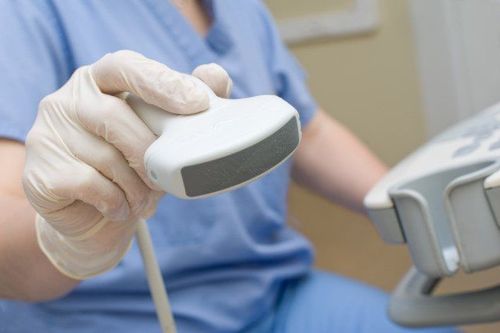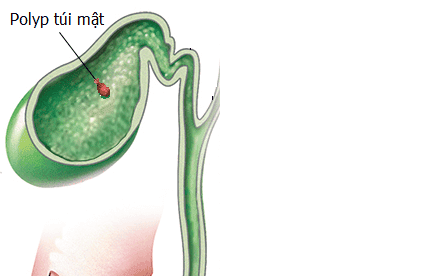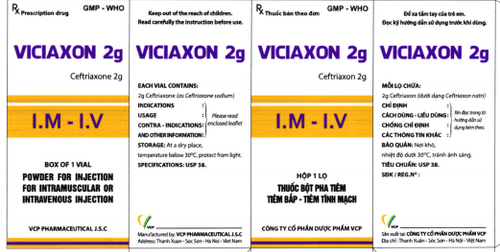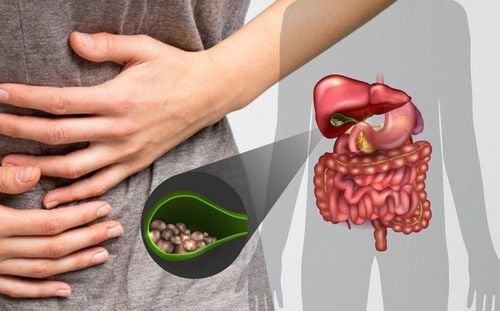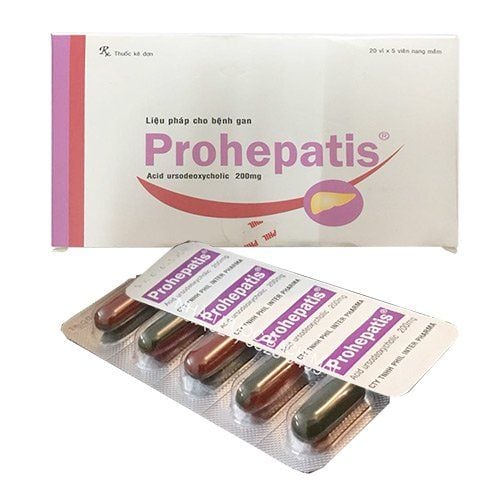This is an automatically translated article.
Many people wonder where the gallbladder is located and what function does the gallbladder have in the body? The following article will provide you with knowledge about the location and role of the gallbladder, so that there are best measures to prevent cholecystitis.1. Where is the gallbladder located?
In the human body, the gallbladder is a part of the bile duct system. The gallbladder is a small pouch, located close to the liver, right abdomen, below the right costal margin. The gallbladder is about 80-100mm long and 30-40mm wide.The gallbladder consists of the body, duct, and neck of the gallbladder. In its usual form, the neck of the gallbladder is flexed with the body of the gallbladder and connected to the common bile duct.
2. What is the function of the gallbladder?
The gallbladder and cystic duct are the storage and storage sites for bile that is synthesized and secreted by the liver. When eating, the liver will excrete more bile, the gallbladder has a contractile effect to push the bile into the common bile duct, from there into the duodenum and into the small intestine, helping to break down fats, promoting digestion. food in the human body. In addition, the gallbladder also acts as a valve that regulates the flow of bile into the duodenum into the small intestine.3. Causes of cholecystitis
Due to old age, obese people, overweight. Gallstones: 90% of cholecystitis cases are caused by gallstones. Stones move in the gallbladder, rubbing and damaging the gallbladder wall, or can also block the bile ducts, causing bile to pool in the gallbladder. Gallstones also cause active substances and bacteria in the bile to accumulate, causing gallbladder inflammation.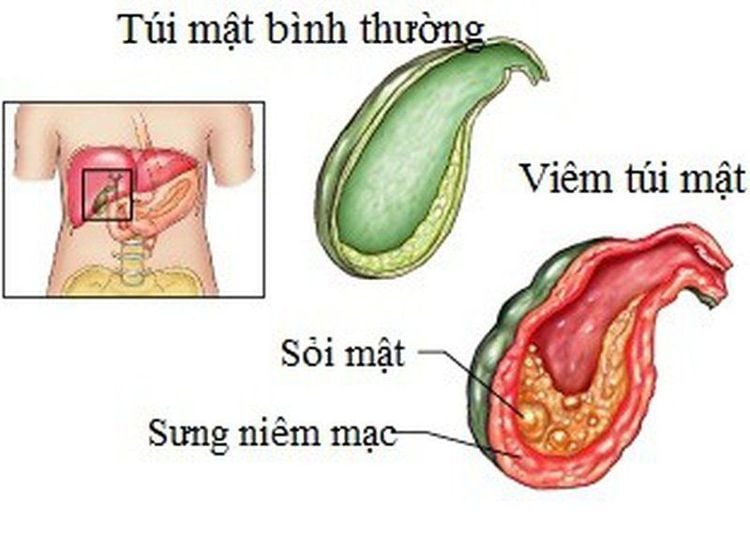
Sỏi túi mật là nguyên nhân chính gây ra viêm túi mật.
4. What are the complications of cholecystitis?
If not detected and treated in time, the disease can lead to some serious complications such as:Bile accumulation causing cholecystitis can cause gallbladder perforation. Acute cholecystitis may not perforate the gallbladder, but it can cause the gallbladder to swell, causing the gallbladder wall to dilate, weaken, and seep into the abdomen, leading to biliary peritonitis. Biliary peritonitis is one of the very dangerous complications of cholecystitis, which can cause septic shock, hypotension, cardiovascular collapse, severe can lead to death. Gallbladder perforation can cause circulatory failure and internal bleeding. When there is a fistula into the gastrointestinal tract or peritonitis, it can be life-threatening. In addition, cholecystitis can also cause purulent inflammation or abscesses of the bile ducts. Cholecystitis can lead to dangerous complications if the patient is subjectively not examined and treated early. Visiting a reputable medical facility to check the condition of the gallbladder is extremely important to prevent cholecystitis and possible complications.
Please dial HOTLINE for more information or register for an appointment HERE. Download MyVinmec app to make appointments faster and to manage your bookings easily.




